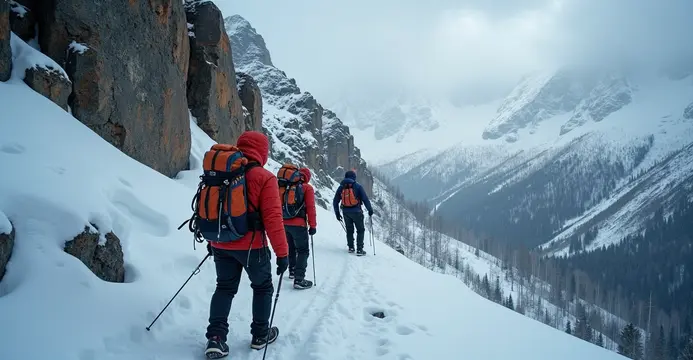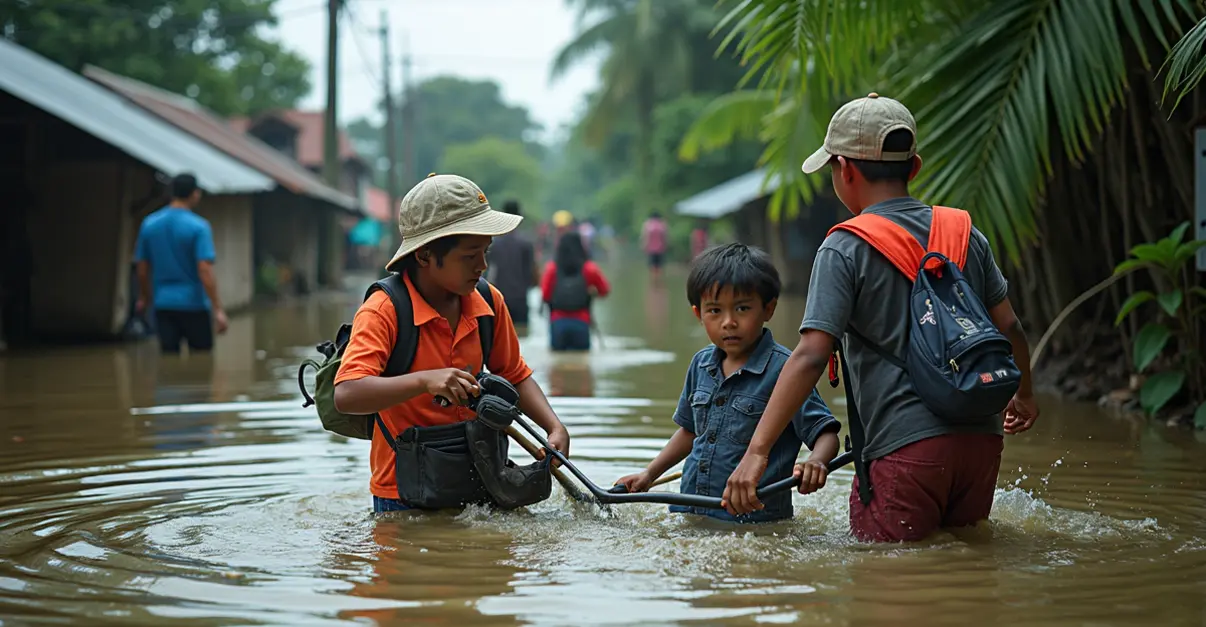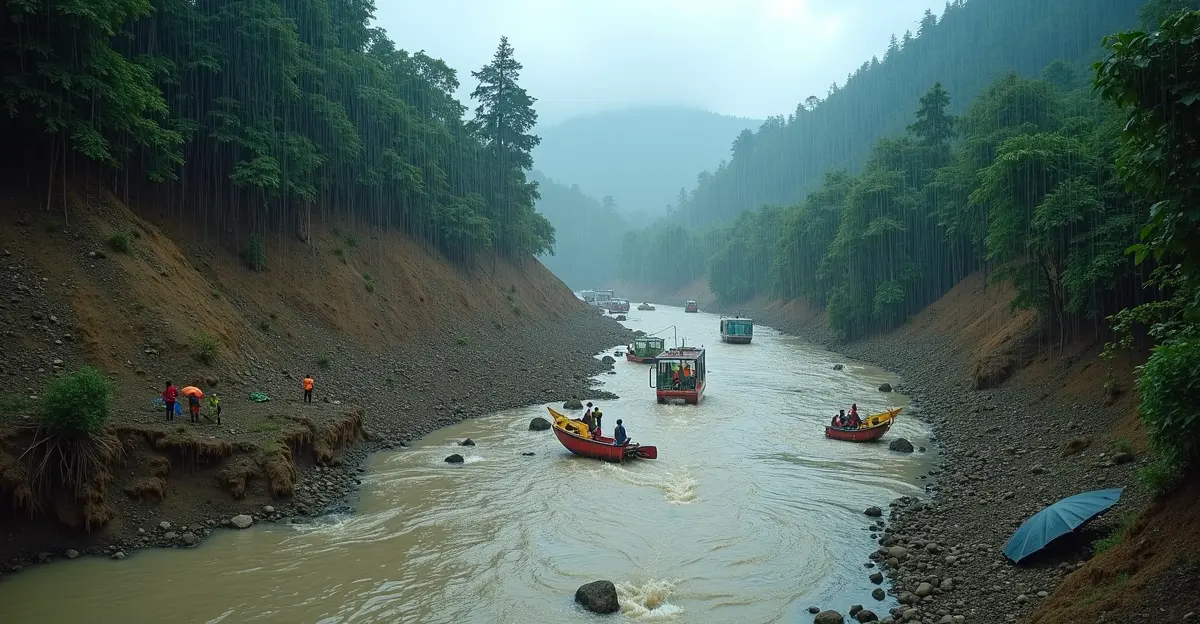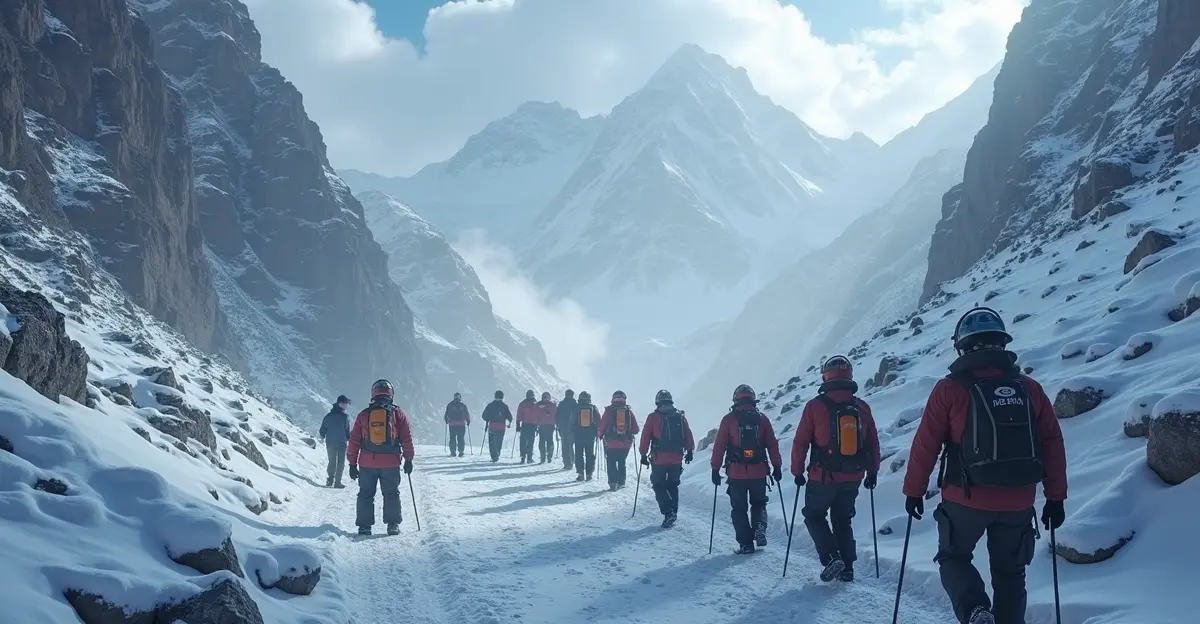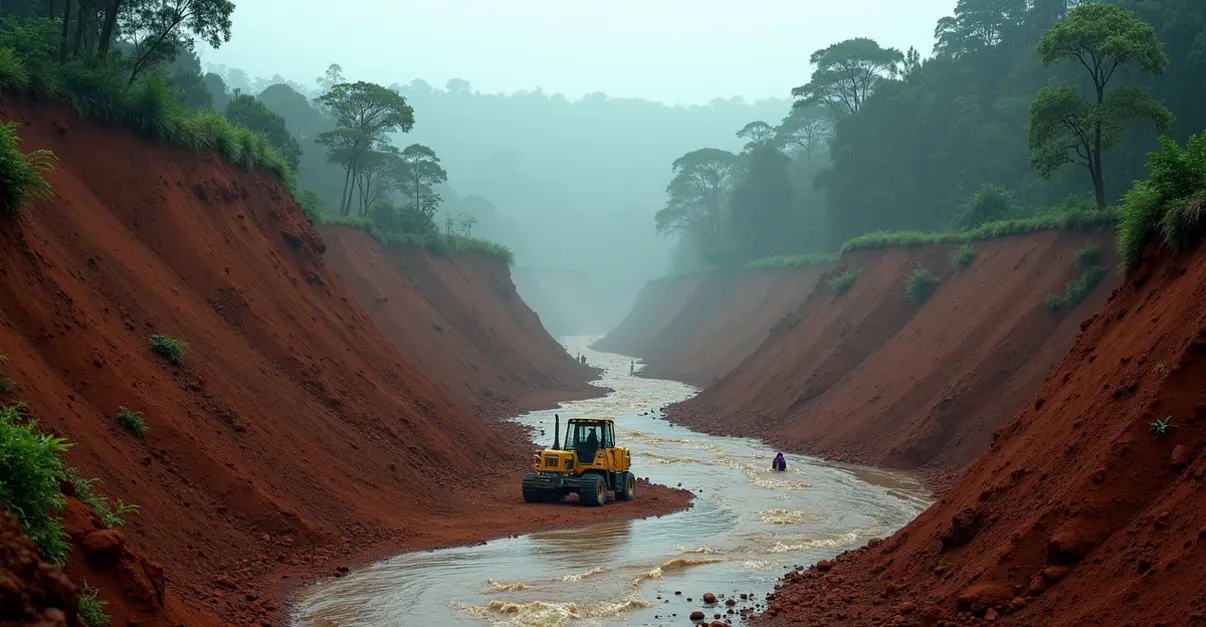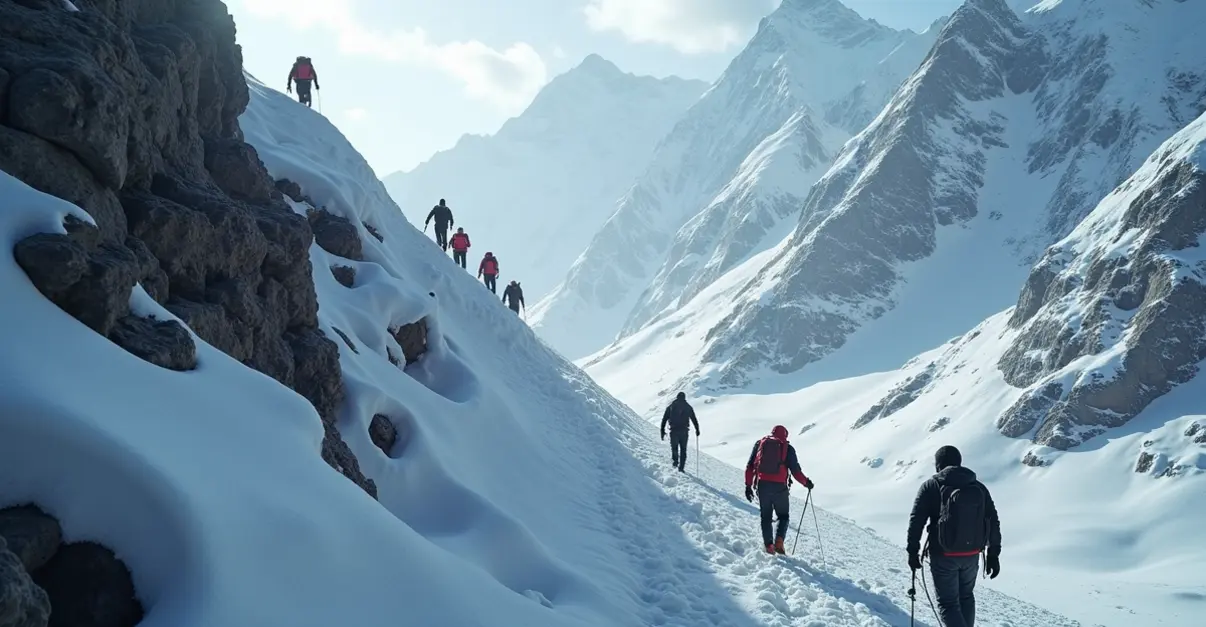Over 550 hikers rescued from Everest snowstorm in Tibet while Nepal faces deadly floods killing 47. Climate change cited for unprecedented October weather extremes across Himalayan region.
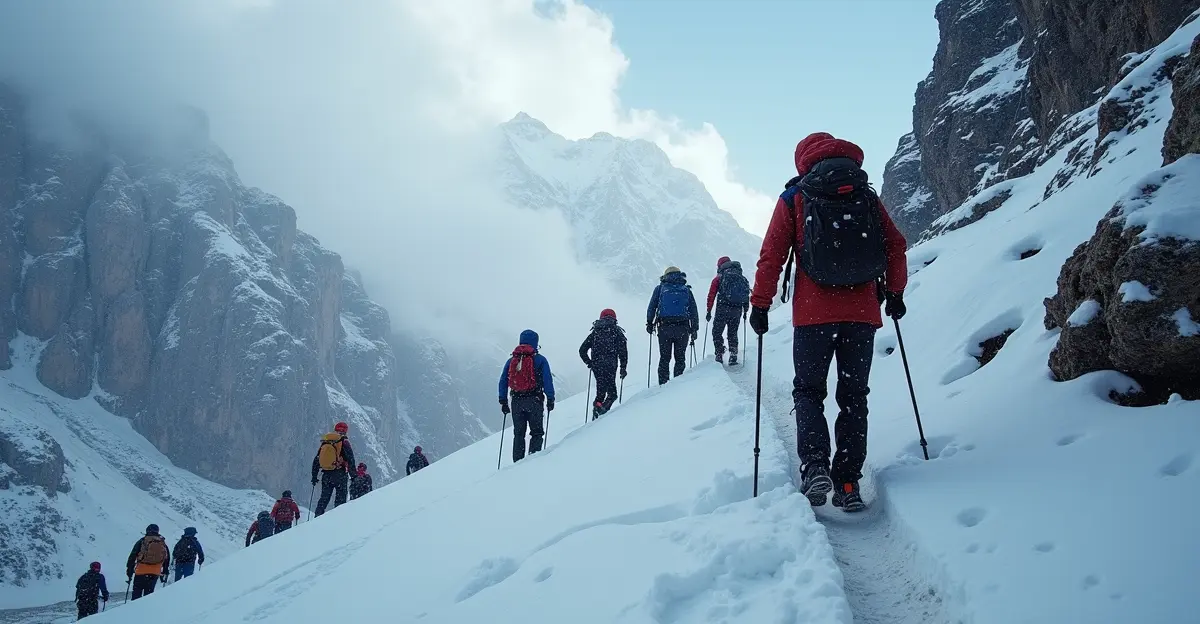
Massive Rescue Operation on Mount Everest
In a dramatic mountain rescue operation, Chinese authorities have successfully evacuated hundreds of hikers trapped by a severe snowstorm on the Tibetan side of Mount Everest. The unexpected blizzard struck during China's National Day holiday weekend, stranding more than 550 trekkers at altitudes exceeding 4,200 meters near Everest's eastern Kangshung face.
According to ABC News reports, 350 hikers have already reached safety in the small township of Qudang, while rescue teams have established contact with over 200 additional stranded individuals. The operation involves hundreds of local Tibetan villagers working alongside professional rescue teams to clear snow-blocked paths and roads at altitudes over 5,000 meters.
Unprecedented October Weather
The heavy snowfall, described by meteorologists as highly unusual for October, began Friday evening and persisted throughout Saturday, creating dangerous conditions with poor visibility and significant hypothermia risks. One trekker described the situation to rescuers as 'so wet and cold in the mountains' with hypothermia being a 'real risk' for those caught unprepared.
Local authorities have suspended all ticket sales and entry to the Mount Everest Scenic Area until further notice. The rescue efforts have been complicated by snow depths reaching approximately one meter in some areas, making movement extremely difficult even for experienced mountaineers.
Simultaneous Disaster in Nepal
While the snowstorm raged on the Tibetan side, Nepal experienced its own weather-related catastrophe. Heavy monsoon rains triggered devastating landslides and flash floods across eastern Nepal, resulting in at least 47 confirmed deaths according to Al Jazeera reporting.
The worst-hit area was Ilam district in eastern Nepal, where 35 people died in separate landslides. Nine people remain missing after being washed away by floods since Friday, with rescue operations ongoing. The disaster has caused extensive infrastructure damage, blocking all major routes into Kathmandu including the Araniko Highway to China and BP Highway to eastern regions.
Climate Change Connections
Scientists are increasingly linking these extreme weather events to climate change. Recent research indicates that the Southwest Monsoon has breached the Himalayan barrier and reached Tibet in 2025, marking a significant climate shift. This unprecedented phenomenon, attributed to climate change and global warming, has serious implications including increased Himalayan flooding and cloudbursts.
Dr. Anil Kulkarni, a glaciologist studying Himalayan climate patterns, noted: 'What we're witnessing is a fundamental shift in regional weather patterns. The increasing frequency and intensity of these extreme events directly correlate with rising global temperatures.'
Rescue Challenges and Community Response
The Everest rescue operation has been particularly challenging due to the high altitude and treacherous conditions. Rescue teams are bringing hiking groups down from the mountain in stages, with local villagers carrying essential supplies uphill to reach stranded hikers.
This incident occurred during peak hiking season when the Mount Everest Scenic Area typically sees thousands of visitors, though most are not attempting to summit the world's highest peak. The emergency highlights the growing risks faced by recreational hikers in high-altitude environments, particularly as weather patterns become more unpredictable.
Meanwhile in Nepal, the government has declared Monday and Tuesday as public holidays nationwide due to the crisis, while meteorological authorities placed over a dozen districts on red alert. The Koshi River has surged to more than twice its normal volume, forcing authorities to open all 56 sluice gates at the Koshi Barrage.
The timing is particularly critical as hundreds of thousands were returning home following Dashain celebrations, Nepal's most important religious festival. Emergency response teams from the Nepal Army, Nepal Police, and Armed Police Force continue search and rescue operations in affected areas.

 Nederlands
Nederlands
 English
English
 Deutsch
Deutsch
 Français
Français
 Español
Español
 Português
Português




